Astronomy
-
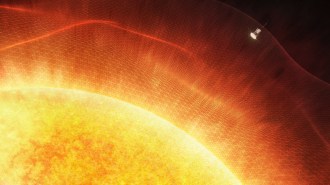 Space
Space50 years ago, scientists were gearing up to hurl a probe at the sun
The Helios mission provided key insights into the sun. Now, NASA’s Parker Solar Probe has taken up the mantle, giving scientists unprecedented views of the star.
-
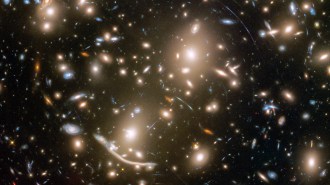 Cosmology
CosmologyStrange observations of galaxies challenge ideas about dark matter
A new look at how light bends as it travels through the universe could point to an alternative theory of gravity.
By Adam Mann -
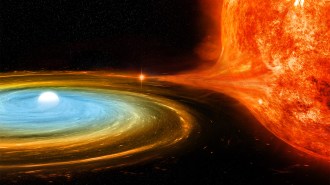 Astronomy
AstronomyA stellar explosion may add a temporary ‘new star’ to the night sky this summer
A nova occurs in the constellation Corona Borealis once every 80 years. Its bright light will be visible to the naked eye for up to a week.
By Jay Bennett -
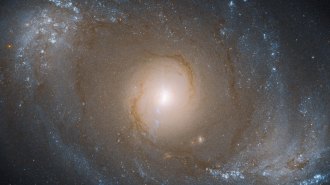 Astronomy
AstronomyWe may finally know the source of mysterious high-energy neutrinos
Regions around supermassive black holes in active galaxies could produce a lot of these mysterious particles.
-
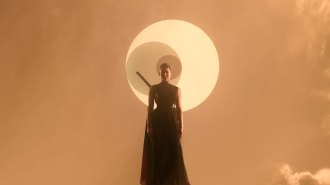 Physics
PhysicsSeparating science fact from fiction in Netflix’s ‘3 Body Problem’
Real science underpins much of the action in the show — along with a hefty dose of artistic liberty.
-
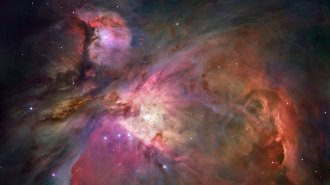 Space
SpaceHow a sugar acid crucial for life could have formed in interstellar clouds
Computer calculations and lab experiments have revealed a possible mechanism for the creation of glyceric acid, which has been seen in meteorites.
-
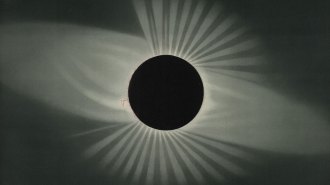 Astronomy
AstronomyHow a 19th century astronomer can help you watch the total solar eclipse
Astronomer Maria Mitchell’s observations of total solar eclipses from more than 100 years ago hold tips that are still relevant for watching an eclipse.
-
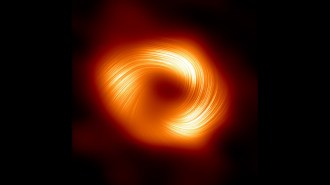 Space
SpaceA new image reveals magnetic fields around our galaxy’s central black hole
Astronomers have captured polarized light coming from the Milky Way’s central supermassive black hole, giving insight into its magnetic fields.
By Adam Mann -
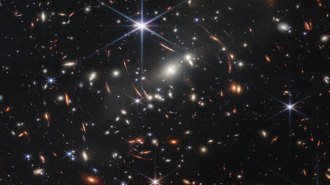 Space
SpaceDid the James Webb telescope ‘break the universe’? Maybe not
There’s no need for strange new physics to explain anomalously bright, massive galaxies seen by JWST, Hubble data suggest.
By Adam Mann -
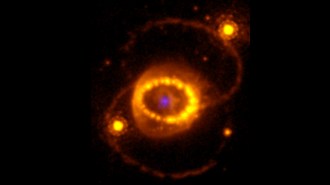 Astronomy
AstronomyJWST spies hints of a neutron star left behind by supernova 1987A
Signs of highly ionized atoms in dusty clouds at SN 1987A’s explosion site suggest a powerful source of X-rays — likely a neutron star — lurks within.
By Adam Mann -
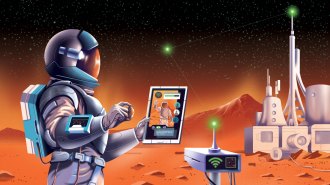 Space
SpaceHow to build an internet on Mars
Future Red Planet inhabitants will need new ways to connect, including improved relay networks and an offshoot internet.
By Payal Dhar -
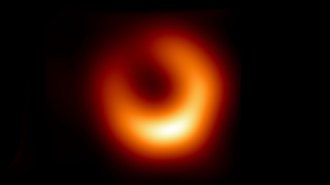 Space
SpaceAstronomers have snapped a new photo of the black hole in galaxy M87
The Event Horizon Telescope image shows material around the black hole has moved, but other aspects remain the same, proving Einstein is right again.
By Adam Mann